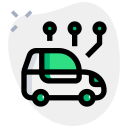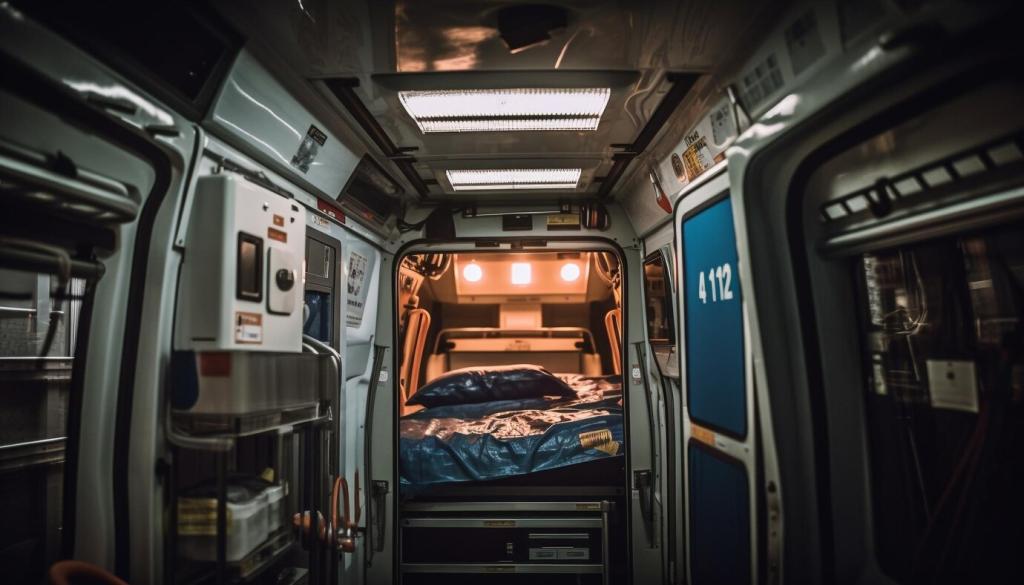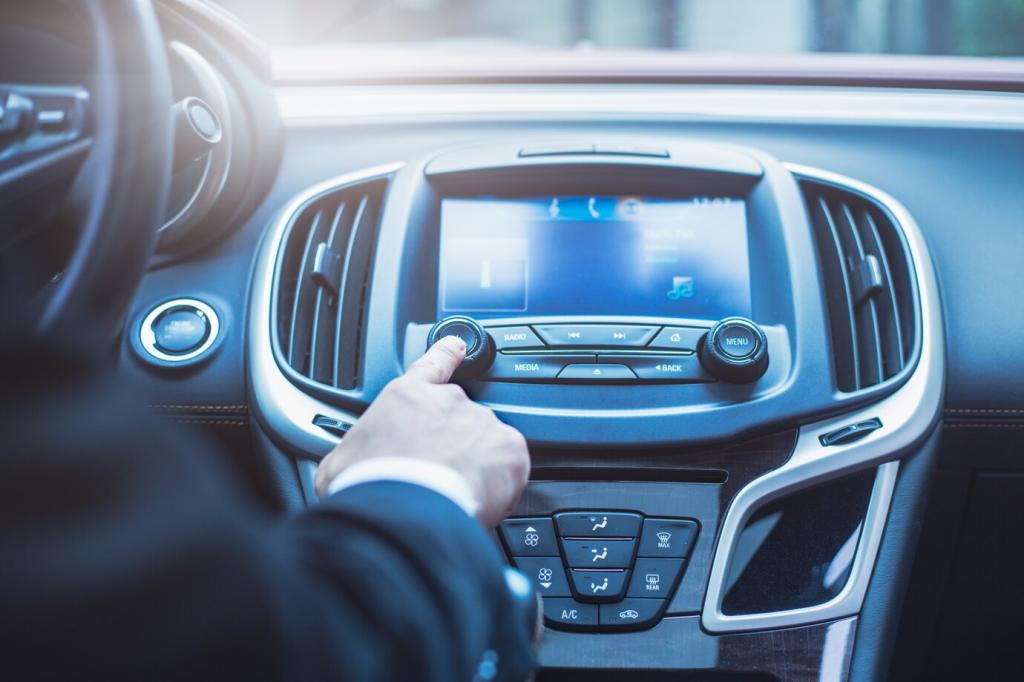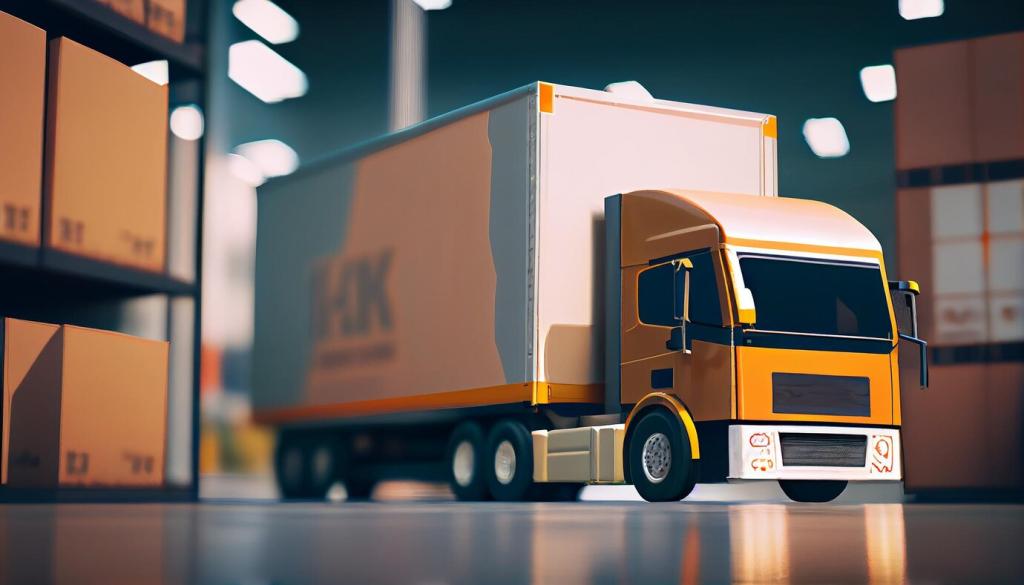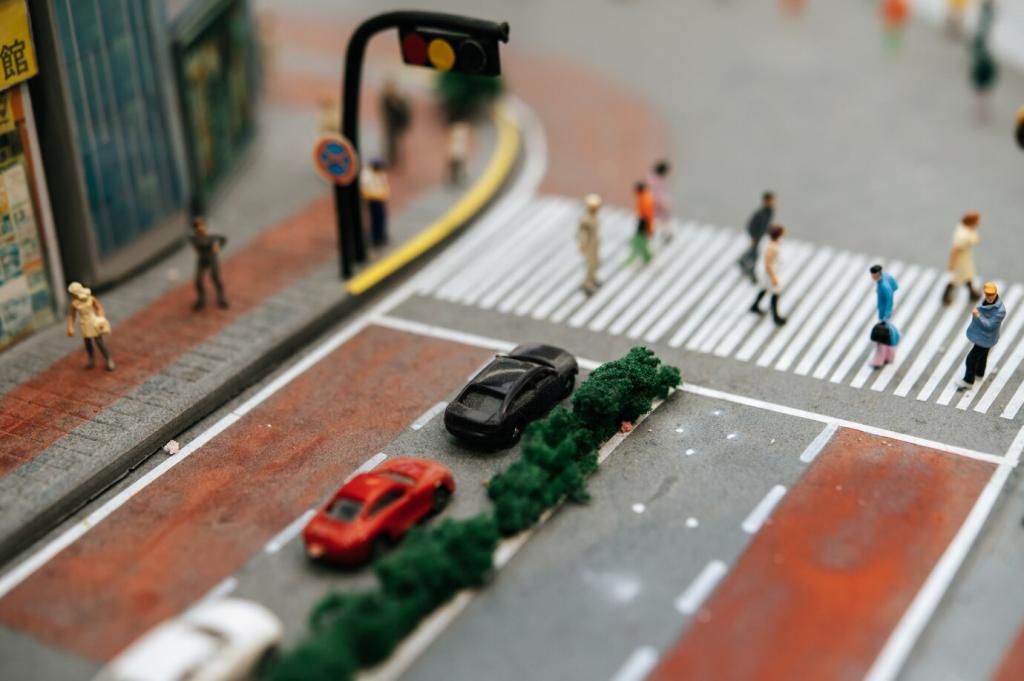Human-Centered Autonomy
Low-speed depot automation handles parking, charging, and cleaning, reducing minor collisions and operator strain. Controlled environments let technology mature while protecting service quality, before expanding to busways and campus shuttles with well-marked infrastructure.
Human-Centered Autonomy
As assistance features grow, roles shift from solitary driving to supervising fleets, resolving exceptions, and caring for passengers. Training programs and fair labor agreements ensure technology augments people, honoring their expertise and lived knowledge of the network.
